Common Name: Aleppo Pine
Scientific Name: Pinus halepensis
Family: Pinaceae
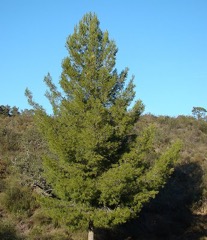 Figure 1: Aleppo Pine Tree
Figure 1: Aleppo Pine Tree
http://lh2treeid.blogspot.com/2010/03/pinus-halepensis-aleppo-pine.html
Identification:
- Habit: The Aleppo Pine is a small to medium sized evergreen tree that grows on average to 15-25m (49-82 ft) tall with a trunk diameter up to 60cm (24 in) at a medium growth rate. When you see this tree you can tell that the shape is familiar. The base of the tree has longer and thicker branches, while the higher you get the branches point more upwards and come to a point at the top, but the tree is about as wide as it is tall or cone-shaped depending on the growth.
- Leaves: Because this is a pine, these trees are unique in a way where the leaves are needle-shaped, and between 6-12 cm (2.4-4.7in) in length in this species.
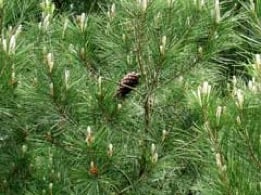 Figure 2: Aleppo pine twigs with needles
Figure 2: Aleppo pine twigs with needles
http://www.pfaf.org/user/Plant.aspx?LatinName=Pinus+Halepensis
- Twigs & Bark: The tree itself has orange-red colored bark that near the base of the tree is very thick while nearing towards the top of the tree it becomes thinner and flaky.
 Figure 3: Aleppo pine bark
Figure 3: Aleppo pine bark
https://commons.wikimedia.org/wiki/File:P._halepensis-bark-2.jpg
- Seed Cones: Pine cones can be found scattered throughout the tree's branches. These pine cones are a narrow cone shape about 5-12.7cm (2-5 in) long on average. At first, they start out as a greenish color when they first start to grow, and over time they turn into a glossy red-brown color as they ripen. Over the next few years, these cones may start to open which causes the seeds inside to be wind-dispersed. In times that these cones are exposed to a larger amount of heat (such as in forest fires) the cones may open at a quicker rate.
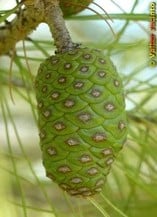 Figure 4: Young pinecone from Aleppo Pine
Figure 4: Young pinecone from Aleppo Pine
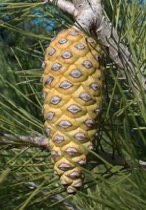 Figure 5: Ripening pinecone from Aleppo Pine
Figure 5: Ripening pinecone from Aleppo Pine
http://lh2treeid.blogspot.com/2010/03/pinus-halepensis-aleppo-pine.html
Where it’s from:
- Native Range: The Aleppo Pine grows in the hotter parts of the Mediterranean coast where brush and forest fires are more frequent. They are commonly scattered on sunny hills or on slopes that lead down to the seashore. This is a tree that cannot survive in the shade but needs available access to the sunlight. This tree is not a native of California but it can be found planted throughout in hot, dry areas such as Southern California.
- Ecological notes: This tree is valued in hot and dry areas because of its considerable heat and drought tolerance, fast growth, and aesthetic qualities (good looks). This species has adapted to be able to grow in areas of nutritionally poor soils and can grow in alkaline (basic) soils. This tree can grow in dry to moist soil.
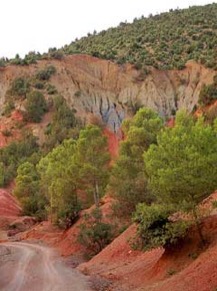 Figure 6: Aleppo Pine hillside habitat
Figure 6: Aleppo Pine hillside habitat
http://www.pfaf.org/user/Plant.aspx?LatinName=Pinus+Halepensis
What we use it for:
- Edible Uses: A resin from the trunk of the tree can be used for chewing and for flavoring wine. Using the resins released by the tree, a by-product can be obtained that can be used as vanillin flavoring. From the pine nuts (seeds) of the Aleppo Pine you can make a pudding called “asidet zgougou” in the Tunisian dialect.
- Medicinal Uses: The turpentine, a fluid obtained by distilling resin from live trees, is a traditional remedy used internally in the treatment of kidney and bladder problems. This turpentine is also considered to be beneficial to the respiratory system and useful in treating coughs, colds, and influenza. Externally it has been found useful in the treatment of skin complaints such as wounds, sores, burns, and boils.
- Other Uses: A tan or green dye can be obtained from the needle-like leaves. Pitch can also be obtained from the resin and can be used for waterproofing and as a wood preservative. The wood of the Aleppo pine is not of great use in construction because it has poor quality. It had been used for the making of boats in ancient times, but (as time has gone on) it has become less and less useful. Today these trees are practically used as fuel or to produce wood of low quality. Other pines have taken the place for most of its uses leaving it now as more of a tree for its aesthetic looks and use for tinder and fuel.
References:
- Figures 1, 4 & 5 retrieved from: http://lh2treeid.blogspot.com/2010/03/pinus-halepensis-aleppo-pine.html
- Figure 2 & 6 retrieved from: http://www.pfaf.org/user/Plant.aspx?LatinName=Pinus+Halepensis
- Figure 3 retrieved from: https://commons.wikimedia.org/wiki/File:P._halepensis-bark-2.jpg
- Plants profile for Pinus halepensis (Aleppo pine), United States Department of Agriculture, Natural Resources Conservation Service: https://plants.usda.gov/core/profile?symbol=piha7
- Hernandez-Tecles et al. (2015) Vegetation structure of planted versus natural Aleppo pine stands along a climatic gradient in Spain. INRA. University of Redlands Armacost Library- (8200707519): https://link.springer.com/article/10.1007%2Fs13595-015-0490-9
- Mill, Pinus Halepensis. Plants For A Future: http://www.pfaf.org/user/Plant.aspx?LatinName=Pinus+Halepensis
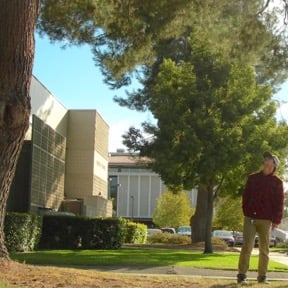 Biographer: Aaron White ‘21, FYS 20: Plants in Our World, Fall 2017
Biographer: Aaron White ‘21, FYS 20: Plants in Our World, Fall 2017
 Figure 1: Aleppo Pine Tree
Figure 1: Aleppo Pine Tree Figure 2: Aleppo pine twigs with needles
Figure 2: Aleppo pine twigs with needles Figure 3: Aleppo pine bark
Figure 3: Aleppo pine bark Figure 4: Young pinecone from Aleppo Pine
Figure 4: Young pinecone from Aleppo Pine Figure 5: Ripening pinecone from Aleppo Pine
Figure 5: Ripening pinecone from Aleppo Pine Figure 6: Aleppo Pine hillside habitat
Figure 6: Aleppo Pine hillside habitat Biographer: Aaron White ‘21, FYS 20: Plants in Our World, Fall 2017
Biographer: Aaron White ‘21, FYS 20: Plants in Our World, Fall 2017